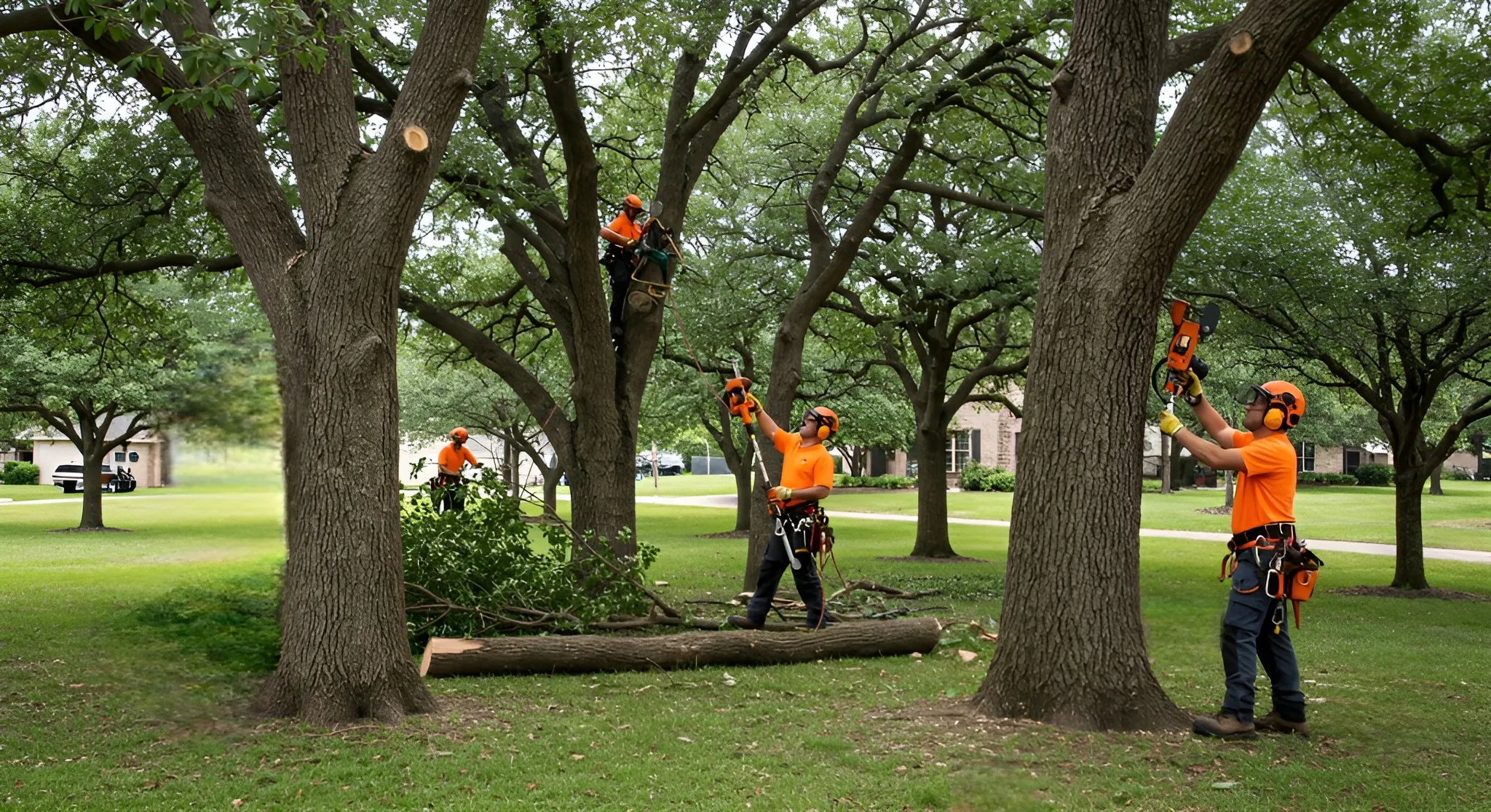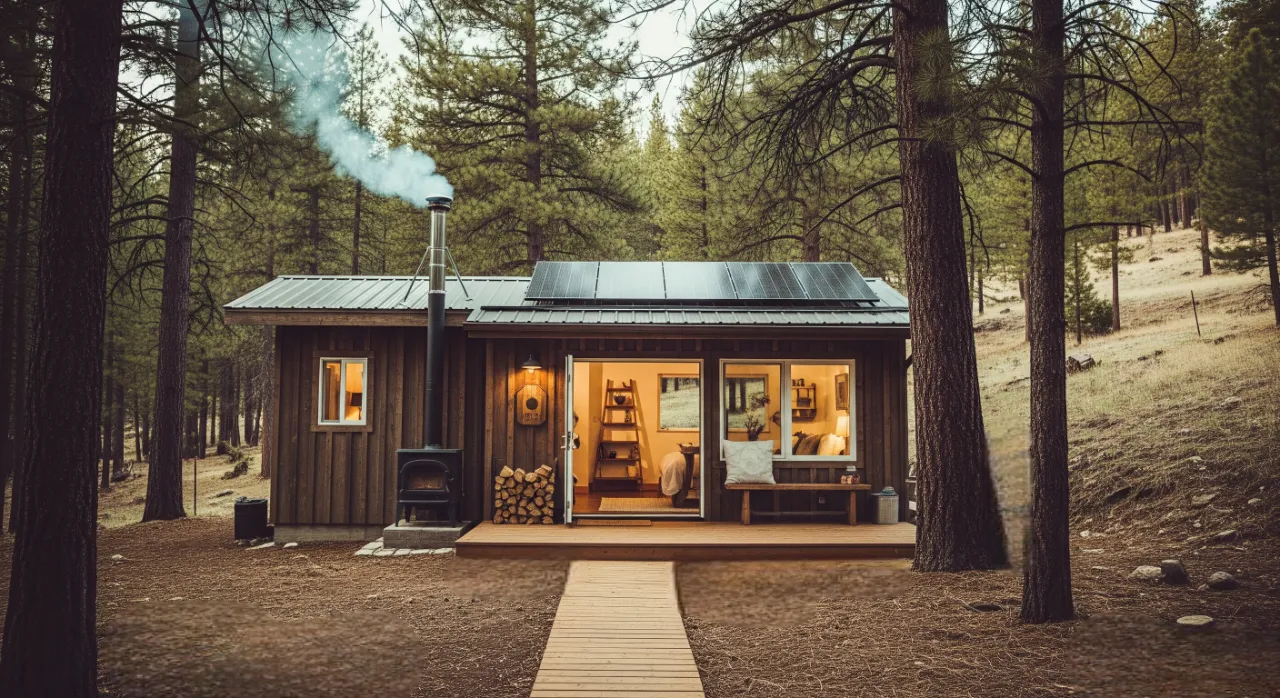If you’ve got a spare room at home, why not rent it out and make some extra money on the side? Maybe it used to be your “home office,” which now just holds a defunct printer and a graveyard of tangled cords. Or maybe it’s the guest room that hasn’t seen a guest since pre-pandemic life. Either way, you’ve looked at that space and thought, “Shouldn’t this be doing something useful?“
You’re not wrong.
In a country where mortgage rates have been dancing like they’re on something, and rents in many cities are outpacing paychecks, homeowners are getting scrappy. A 2025 Eye on Housing report found that over one-third of U.S. adults have lived in a shared household at some point—and the number’s trending up. Means.. shared housing isn’t just a last resort anymore. It’s becoming a financial strategy.
But don’t let HGTV fool you—renting out a spare room is not as simple as tossing some throw pillows on the bed and waiting for passive income to roll in.
Here’s what you actually need to know before you hand someone a key to your house.
1. The Room Has to Look Like Someone Wants to Live There
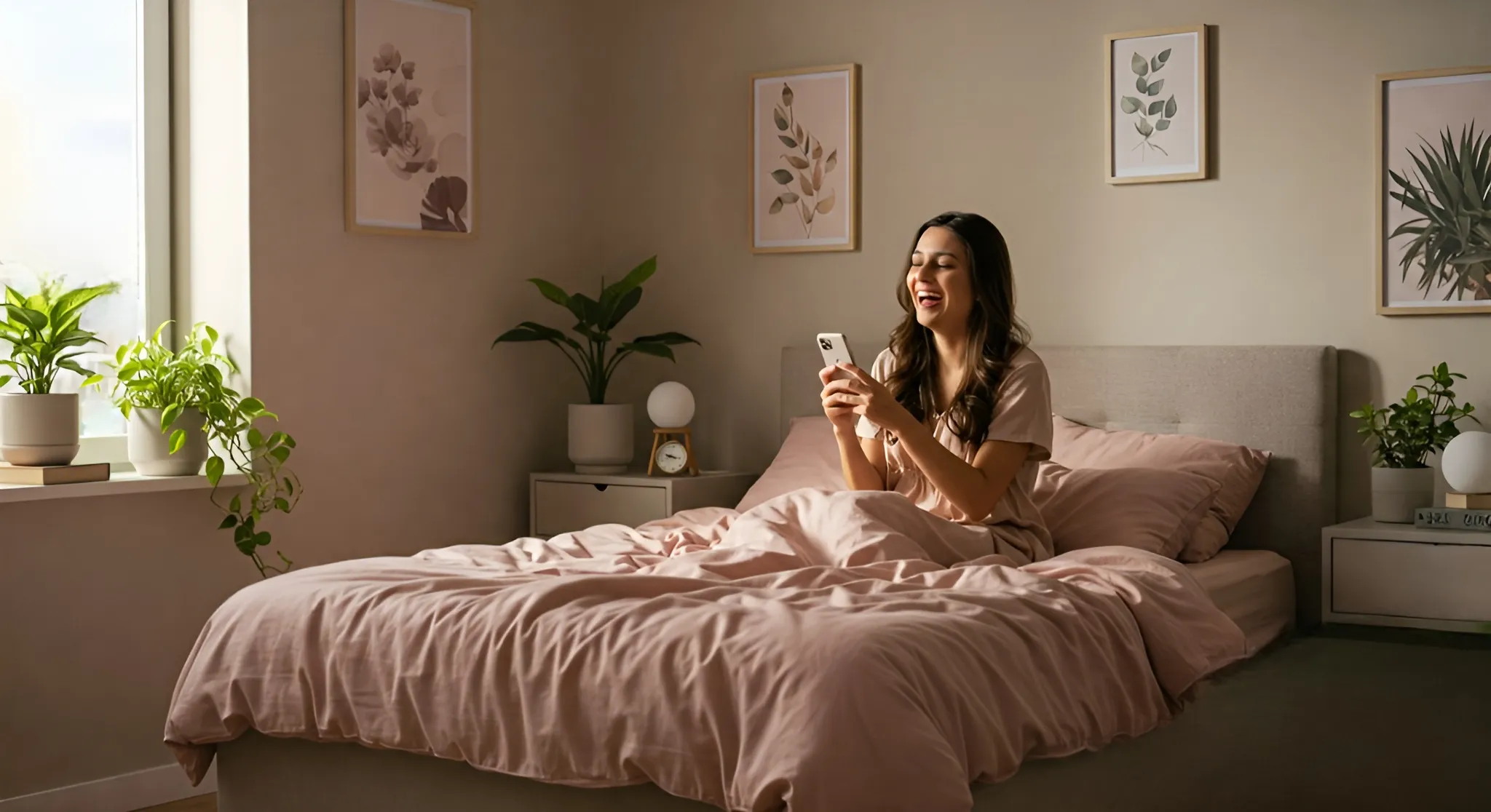
Imagine you show up to a hotel and the room smells like wet socks and looks like someone’s storage unit exploded. You wouldn’t stay there. So don’t expect a stranger to pay rent for your “spare” room if it feels like an afterthought.
Here’s what to do before you even think about listing:
- Clear out all personal junk. No one wants to sleep under your old diploma or next to a stack of tax returns from 2010.
- Add fresh, neutral linens. Think “IKEA catalog meets minimal effort.”
- Make sure it has the basics: a bed (that doesn’t creak like a haunted ship), a nightstand, a lamp, and a desk if you’ve got the space.
- Install a lock on the door. This isn’t optional—it’s called respecting privacy.
According to DALTX listings with clear, well-lit, clutter-free photos get 2.4x more inquiries. Why? Because people like living in clean places that don’t look like serial killer lairs. Shocking, right?
2. Boundaries Are Sexy. Make Some
You’re not just leasing space—you’re letting someone into your home. Your fridge. Your Netflix recommendations. Your weird Sunday routines. If you don’t lay out ground rules, you’re just setting the stage for passive-aggressive Post-it notes.
Ask yourself:
Are overnight guests cool? (Or only if they’re hot? Kidding. Kind of.)
What’s your noise tolerance? Midnight blender? Acoustic guitar in the living room?
Who’s scrubbing the bathroom—and how often?
45% of roommate conflicts come from unclear expectations around chores, guests, or noise. That’s nearly half. Don’t wing it.
Write the rules down. Share them upfront. It’s not about being a control freak—it’s about avoiding future drama.
3. Choose the Right Platform (Hint: Not All Are Created Equal)
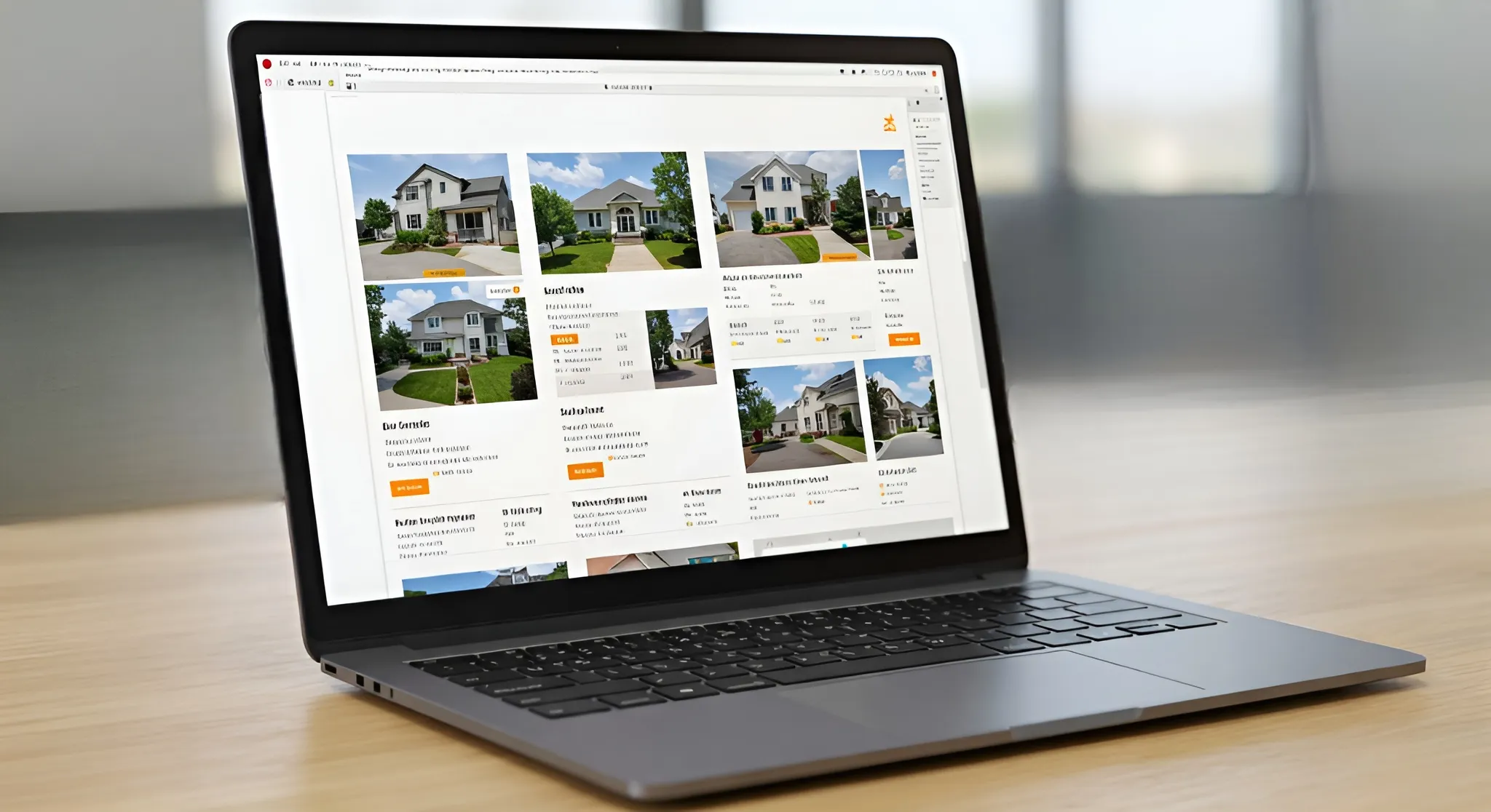
So, you’re ready to list. Now where?
Some of the options out there are solid. Others are like the Craigslist version of Russian roulette. Here’s the lowdown:
- Facebook Marketplace/Groups: Free and fast but chaotic. Expect lots of “Is this available?” messages from people who vanish mid-sentence.
- Craigslist: Still kicking, but scams abound. Don’t meet anyone unless it’s in public and during daylight hours.
- SpareRoom.com: A rising favorite. Think Tinder but for roommates—except with ID checks and fewer shirtless mirror selfies.
The National Multifamily Housing Council reports that more renters today prioritize security and transparency over price. That means your listing should feel legit—not sketchy
4. Don’t Catfish Your Listing
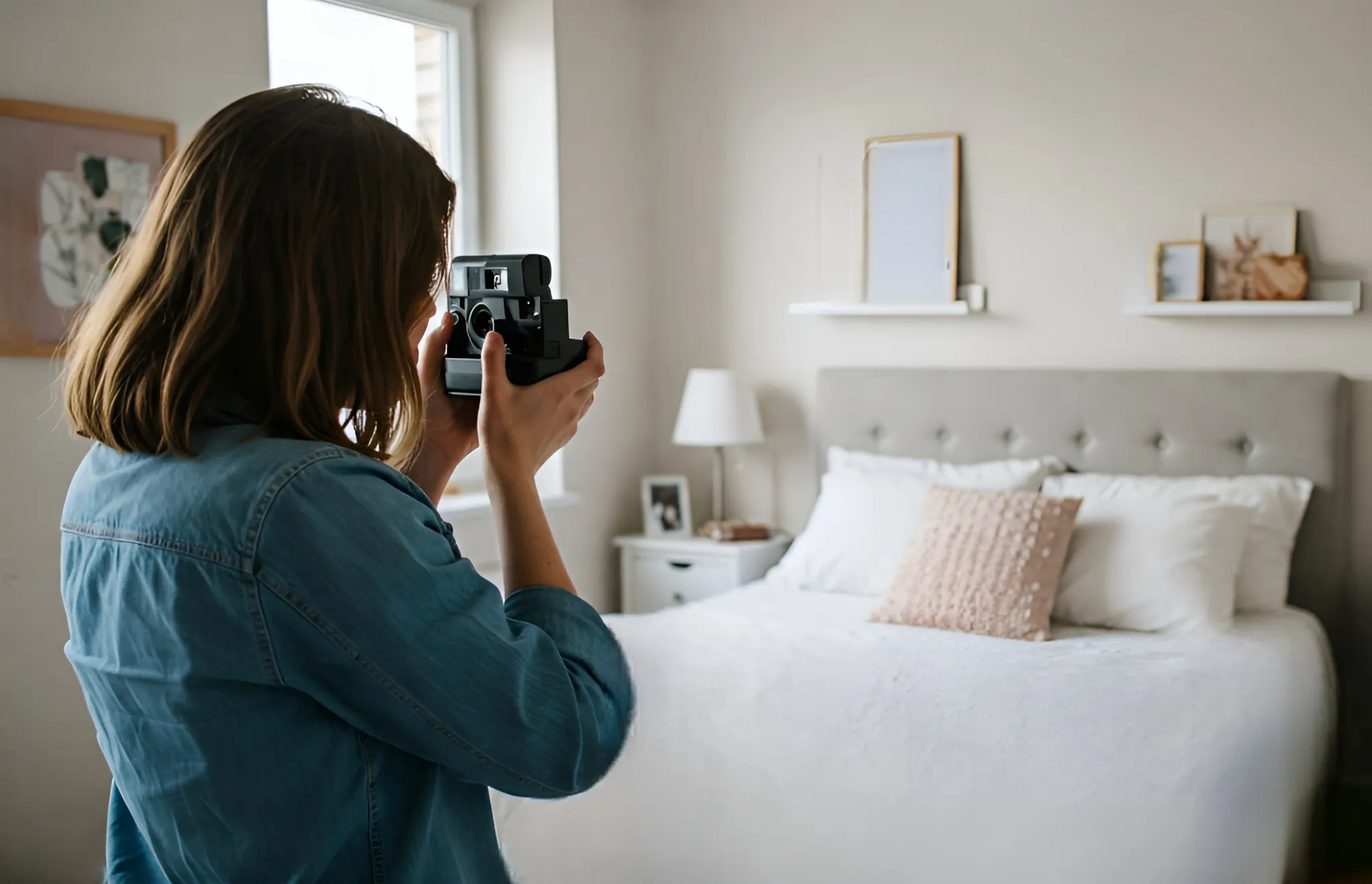
Yes, marketing matters. But don’t be the person who posts angelic, filtered photos of a “sun-drenched studio” that turns out to be a converted broom closet.
Be upfront. Be boringly honest. Your listing should include:
- Rent, due date, and what’s included (utilities, Wi-Fi, parking, etc.)
- Clear photos of both the room and common areas
- Move-in date and lease length (month-to-month? long-term?)
- A short vibe check—are you quiet, social, a full-time gamer?
A 2025 Zillow study found that renters were 3x more likely to engage with listings that had both photos and a personal description. Why? Because “$900/month – no weirdos” doesn’t exactly scream “warm and welcoming.”
5. Screen Like You Mean It
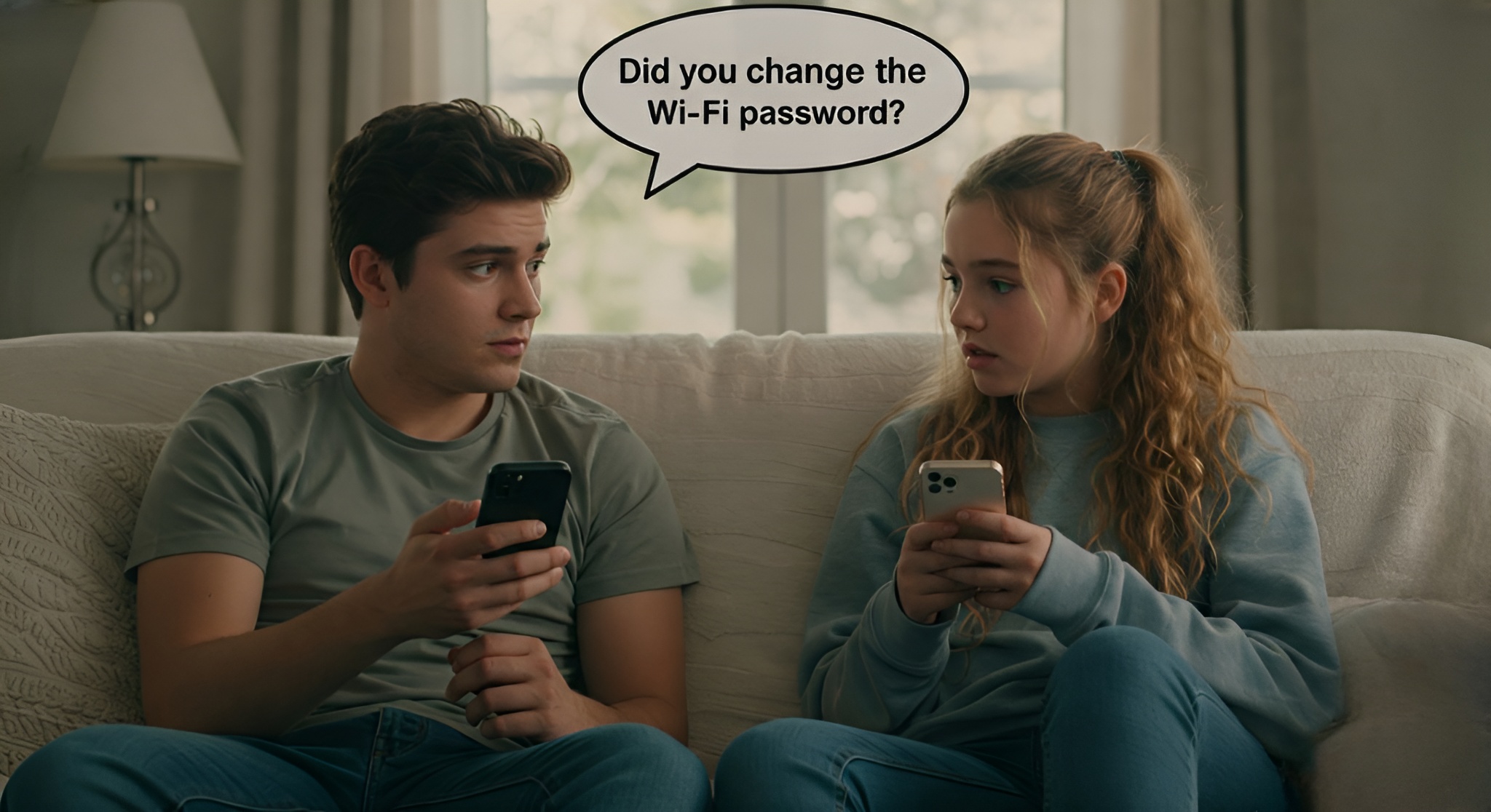
This isn’t just a roommate, it’s someone who’ll share your Wi-Fi, your bathroom, and maybe your cereal if you’re not careful.
So yes, background checks, references, and gut instincts are fair game.
Here’s how to keep it chill (but thorough):
- Have them fill out a short questionnaire. Ask about lifestyle, work schedule, pets, allergies—basic “Can we live together without silently hating each other?” stuff.
- Do a video or in-person chat. If anything feels off, trust that little voice in your head.
- Use legit platforms like RentSpree or Avail to run background checks (with consent, of course).
Our tip: The wrong person will cost you far more in stress than any “vacancy.” Take your time.
6. Don’t Skip the Legal Stuff

Just because it’s a room doesn’t mean you get to skip contracts. Verbal agreements and good vibes are not a legal safety net.
You’ll need a simple lease that includes:
- Rent amount, payment due date, and method
- Security deposit details
- Notice required to end the agreement
- Rules around shared utilities, guests, or damages
Depending on where you live, you might also need a permit or have zoning restrictions to deal with. For example, in New York City, it’s illegal to rent out a room for fewer than 30 days unless the host lives there too. Big cities have big rules. Check with your local housing authority—or better yet, an attorney.
This Isn’t Just About Money
Sure, the extra income’s great. In many cities, renting out a room can bring in $700 to $1,500+ a month, depending on location. That’s real cash for paying off debt, saving for renovations, or just surviving inflation.
But it’s not just about money.
It’s about using your space intentionally. About adapting to a housing market that’s shifting fast. And maybe—if you do it right—it’s even about building a more flexible, sustainable way of living.
So clean up the room. Set some boundaries. Be honest. And maybe—just maybe!—your spare room will become the most valuable square footage in your house.


